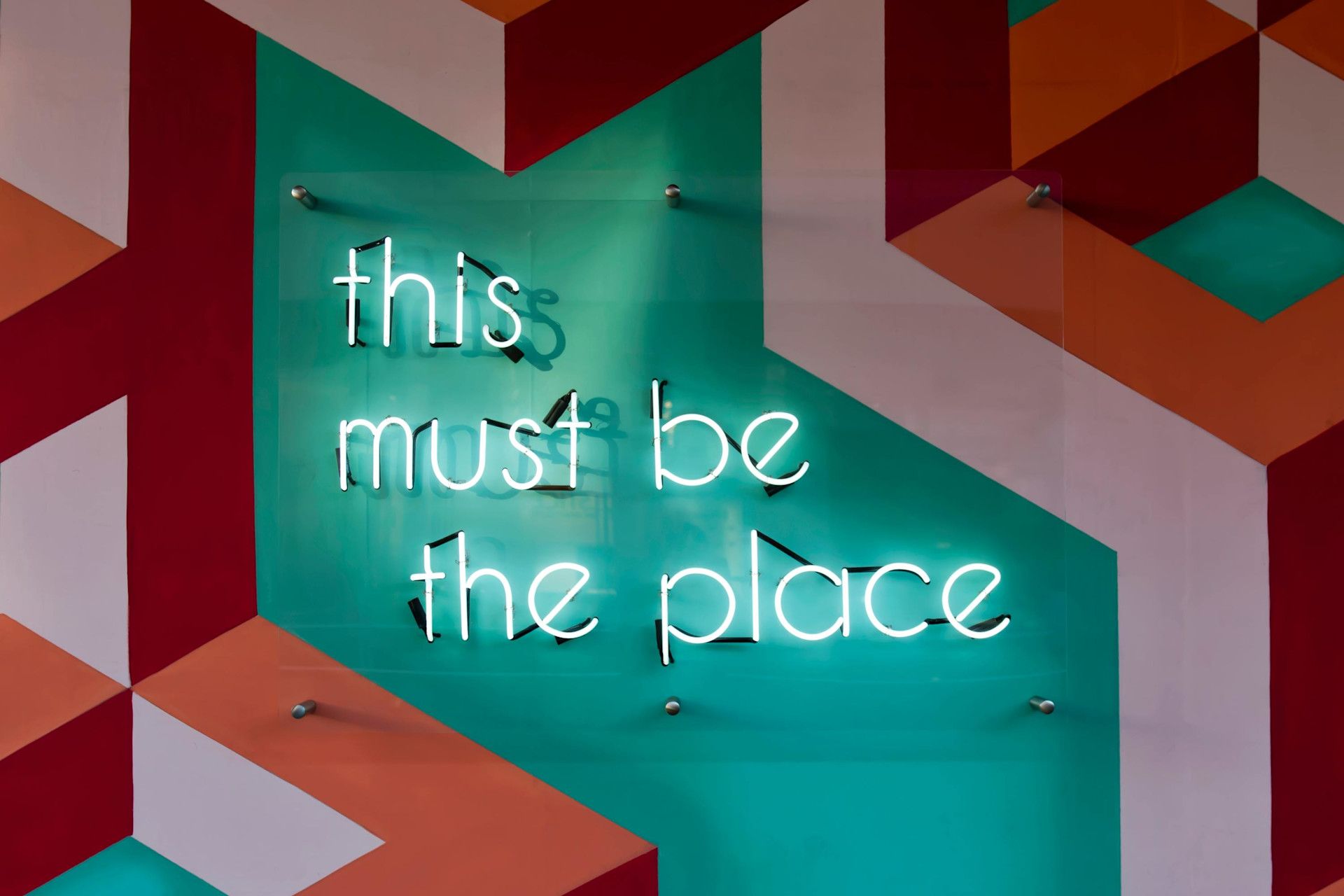Everything You Need to Know to Welcome Your New Employee
- Discover a Complete Checklist
- Welcome and Train

In this article, we’ll cover all the points to check during an onboarding process
What is an onboarding checklist?
Onboarding checklists help employers streamline the steps for integrating new hires during their first days or even months. These checklists ensure you’ve completed all the key stages of the onboarding process and provide a starting point for job-specific procedures for which the candidate was hired.
However, keep in mind that simply completing the checklist doesn’t guarantee successful integration. The best checklist balances the needs of both employees and the company. It should be comprehensive enough to help new hires quickly adapt to the company and easily embrace its culture.
In this article, we’ll look at what an onboarding checklist should include. Onboarding is a strategic, comprehensive process that can take up to a year. Remember, using a checklist template for new hires doesn’t mean onboarding should be treated as a simple tick-box activity, but rather as a full-fledged process within the company.
Key Features of an Effective Onboarding Checklist:
Welcoming and Immersive:
Employees should feel welcomed and engaged from day one. A great way to do this is to organize a welcome meeting (the first item on your checklist) and a special orientation session. Be sure to assign each new hire a mentor to guide them through onboarding. Having an “onboarding buddy” is an excellent way for newcomers to get started. Research from software giant Microsoft shows that pairing new hires with onboarding peers increases satisfaction and productivity. Integrating employees into the company culture is another key point. It helps them understand your company’s values, mission, vision, and both short- and long-term goals. The aim is to create an immediate sense of community.
Informative:
No employee should be overwhelmed with a million unanswered questions during onboarding. Focus on clear, concise information presented in a user-friendly and transparent way. I recommend keeping your onboarding checklist simple rather than exhaustive and overly detailed. Use methods like microlearning to help new hires absorb and retain information. First impressions are powerful, so pay close attention to your presentation. For example, if you’re presenting your company’s core values, it’s best for an executive to lead the discussion rather than a training video. This helps employees understand the importance of the topic.
Well-Structured and Consistent:
As you’ve seen, the onboarding checklist must be properly set up and prepared in advance to work well. As mentioned above, all new hires should go through the same onboarding process to ensure consistency. Constantly changing onboarding processes can be confusing and create insecurity within the company culture. Employees may also question the competence of managers and leaders. Having an onboarding checklist shows you are thorough—and so is your company!

Spread Out Over Time:
HR consulting firm Sapling HR estimates the average new employee has over 50 different activities to complete—just for basics and compliance. It’s important to allow enough time for study, reflection, and discussion. This prevents overwhelming people during onboarding. Instead of cramming everything into one day, break it into smaller pieces spread over days or weeks. The onboarding checklist once again helps smartly organize these tasks.
Transition to a New Role and Setting Short-Term Goals:
At the final stage of onboarding, employees can move from new hire to full-time. This is the perfect time to set short-term goals. A manager or supervisor should explain what’s expected of them and what success looks like. Based on these discussions, future performance reviews should be scheduled to recognize their efforts and help improve their performance.
The 4 Cs of Onboarding: To Note in the Onboarding Checklist
Successful onboarding requires following these 4 Cs:
- Compliance. The initial compliance discussion sets the tone for how new employees see and understand their role in the company. Employer priorities will also be made clear at this stage.
- Clarification refers to communicating and setting expectations for job performance.
- Culture. Company culture often makes the difference between staying or leaving. New employees should be informed about company safety policies and attitudes toward harassment and bullying at work. The more connected new hires feel to the workplace, the less likely they are to leave early.
- Check-in. The end of the first day doesn’t mean onboarding is over. A good way to stay in touch is to schedule follow-up meetings at 30, 60, and 90 days.
Ready to boost your productivity with Leexi?
Leexi AI Notetaker takes notes for you